Featured Resource
Why Over Half of California School Districts Trust SchoolStatus
Read More >Join Mission: Attendance to reduce chronic absenteeism in 2025-26! >> Learn How <<





Lauren Smith, instructional coach in Noblesville Schools in Indiana, shares how collaboration built on ongoing relationships, learning, and feedback helps improve student and adult achievement within an organization.
Imagine the following scenario: you walk into a school and see a community that’s filled with students and staff working interdependently of one another to function collectively, rather than as individuals. Each member of the community plays a crucial role in upholding the school’s shared beliefs and values on a daily basis. The culture thrives on collective teacher efficacy, with the shared belief that all staff members can—and will—make a difference to student learning. As a result, there’s a sense of collective strength and unity toward improvement with plentiful opportunities for ongoing learning and growing.
Unity is strength… when there is teamwork and collaboration, wonderful things can be achieved.” —Mattie Stepanek
We all strive to be part of this type of school community, yet this scenario doesn’t have to be an abstract concept. We can support this becoming a reality in each of our schools by taking actionable steps that foster a culture of collaboration. Through this collaboration, all adults and students can be seen, valued, and heard within the school community. Here are three ways to make this vision a reality.
Relationships are at the heart of collaboration and without ongoing and sustainable relationships, a teacher is left to their own individual insights. The more we surround ourselves with relationships, the more opportunities we have, not only for collaboration, but for personal growth through hearing the perspectives of others.
Establishing a professional learning community (PLC) is a systemic approach to collaboration that focuses on improvement and success of learning at high levels for all learners. The PLC process impacts both the learning of the whole child and whole adult learner. This strong process of collaboration involves and engages the entire school community through a shared vision of teaching and learning.
Collaboration shouldn’t be limited to just within the walls of the school building. It’s important to find common ground with other educators and professionals who share similar passions. This can be done through social media, connecting with educators at surrounding districts, and at professional learning conferences.
Providing ongoing opportunities for learning is another way to foster collaboration. As Dylan Wiliam states, “if we create a culture where every teacher believes they need to improve, not because they aren’t good enough, but because they can be even better, there is no limit to what we can achieve.” Collaboration thrives when an environment of lifelong learning is honored, valued, and expected among all teachers and staff.
By creating an “open door” culture in your school, teachers and staff can experience ongoing learning in the authentic context of their school environment. By providing opportunities for peer observation, we build a culture where anyone can learn something from anyone across the school community. In addition, creating interactive learning experiences—ranging from peer learning labs to lab site classrooms—provides cohorts of adult learners the opportunity to apply and reflect upon instructional strategies alongside students in the classroom setting.
Investing in one another encourages continuous improvement, pushing us towards our best teaching and leading within a school community. Through a community of practice, teachers and staff have continued conversations and apply practices focused around student and adult learning. This not only raises collective teacher efficacy but also results in positive impact on the entire school community through teacher to teacher, admin to teacher, student to student, and student to teacher interactions.
When coaching is embedded within the culture of a school community, there are endless possibilities for growth for all staff while also delivering job-embedded professional learning. Everyone needs a coach, and by having a collaborative thought partner in the learning process, there lies opportunity to make collective impact on student achievement.
Collaboration can be fostered through effective feedback and ongoing communication. “But feedback is not simply a thing the giver hands you and you receive. The two of you are building a puzzle—together,” says Douglas Stone. Feedback that is sought after and received regularly leads to collective ownership and collaboration among teachers and staff.
When a school community builds a feedback ladder—both in and out of the classroom—ongoing dialogue takes place among teachers and staff. Feedback that takes into account all parties within the organization means that not only do teachers and staff learn from one another, but also from the students that they teach on a daily basis. Collaboration becomes a cycle of ongoing feedback from multiple perspectives rather than a one-sided view.
Another way this can be done is through vertical articulation and cross-grade level conversations. Simply put, this happens when teachers and staff look beyond their respective department and/or grade level to find new avenues of collaboration. Passions and educational interests extend throughout an entire school community: They aren’t limited to those we work alongside on a daily basis. Ultimately, this strengthens collaboration across the school by opening up our perspective.
As we continue to strive to create conditions in our school communities that allow for every learner to be seen, valued, and heard, the importance of collaboration is solidified. Remember, we’re better together, and it’s these collective actions that result in the greatest gains in both student and adult achievement within a school community.
Lauren Smith is in her sixth year as an instructional coach in Noblesville Schools in Indiana. Aside from coaching, Lauren has over fifteen years of teaching experience and is passionate about supporting colleagues and students in opportunities for ongoing learning and growth.
Outside of school, Lauren has a joy for writing, is an active member of the Collaborate.Lead.Coach community, and enjoys serving as a co-moderator for the #educoach and #INCLC Twitter chats. She welcomes the opportunity to connect and collaborate with others across the country.
You can follow Lauren on Twitter @lsmith0917!
{{cta(‘352a410e-db79-4f33-a482-d301e8041965′,’justifycenter’)}}
 SchoolStatusSchoolStatus gives educators the clarity and tools they need to get students to class and keep them moving ahead. Through our integrated suite of data-driven products, we help districts spot attendance patterns early, reach families in ways that work for them, and support teacher growth with meaningful feedback. Our solutions include automated attendance interventions, multi-channel family communications in 130+ languages, educator development and coaching, streamlined digital workflows, and engaging school websites. Serving over 22 million students across thousands of districts in all 50 states, SchoolStatus helps teachers and staff see what matters, act with speed, and stay focused on students.
SchoolStatusSchoolStatus gives educators the clarity and tools they need to get students to class and keep them moving ahead. Through our integrated suite of data-driven products, we help districts spot attendance patterns early, reach families in ways that work for them, and support teacher growth with meaningful feedback. Our solutions include automated attendance interventions, multi-channel family communications in 130+ languages, educator development and coaching, streamlined digital workflows, and engaging school websites. Serving over 22 million students across thousands of districts in all 50 states, SchoolStatus helps teachers and staff see what matters, act with speed, and stay focused on students.
News, articles, and tips for meeting your district’s goals—delivered to your inbox.
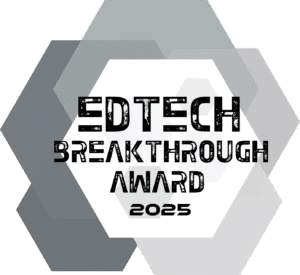
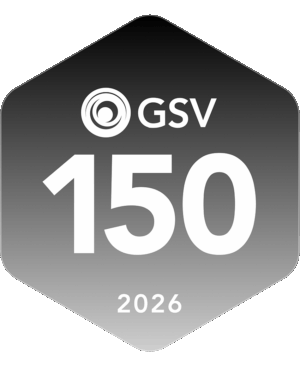




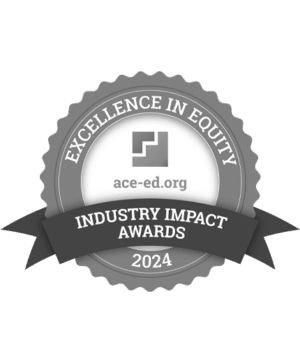
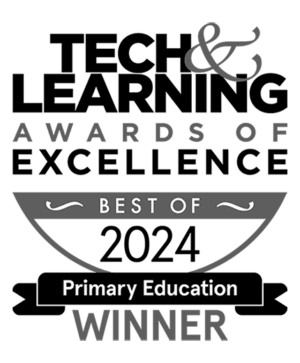



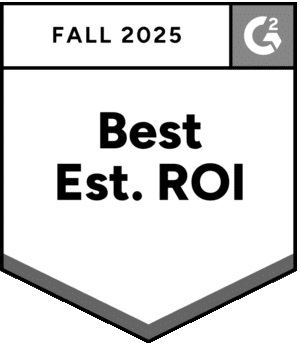


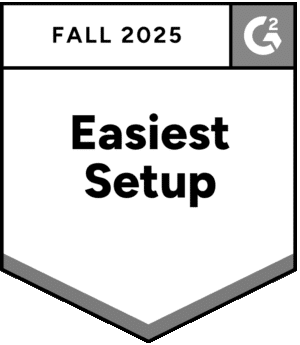
Ready to learn more about our suite of solutions?
